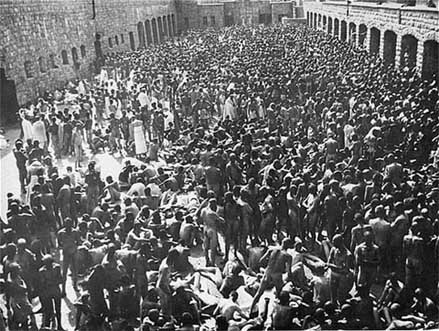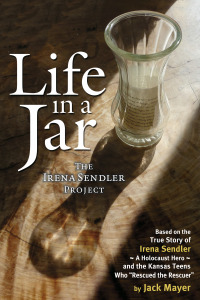Mauthausen Introduction
Mauthausen Map – Home | Introduction | Credits
On August 8, 1938, just a few weeks after the Nazi occupation of Austria, prisoners from the Dachau, concentration camp near Munich, were transferred to the Austrian town of Mauthausen, near Linz.
They were brought to the rock quarry there, known as the “Wiener Graben”, where they began to build the granite fortress-prison of the main camp, mostly with their blood, bodies, bare hands and backs. It was known as the “mother camp” for all of Austria, comprising some 49 sub-camps.
Between Aug. 8, 1938 and May 5, 1945, about 195, 000 persons, men and women, were forced into these camps.
Most of the people were imprisoned under the Nazi “protective custody” laws, that is, they were consider dangerous to the Third Reich of Germany and Austria, and therefore, these two nations, now joined, had to be “protected” from these people because of their racial origin, nationality, political affiliation or religious belief.
It should be noted that Austria contributed more volunteers for the SS, per capita , than did Germany.
The Mauthausen camp was one of the most infamous in the entire Nazi alternate universe of human destruction. Many people, most of whom were innocent of any crimes, were tortured to death in its rock quarry, and in the tunnels of Mauthausen-Gusen, the most infamous of the sub-camps.
The policy of death through work was instituted by Chief of SS, Reichsfuhrer Heinrich Himmler. Prisoners were to be given only the most primitive tools, and also, whenever possible, they were to work with their bare hands.
This policy was known as “Primitivbauweise”. In Mauthausen it resulted in a harsh, stone world, deprived of any human kindness and compassion.
It is there today still… sitting on a small mountain-top in the astonishingly beautiful and bucolic Austrian countryside, maintained by the Austrian government.







